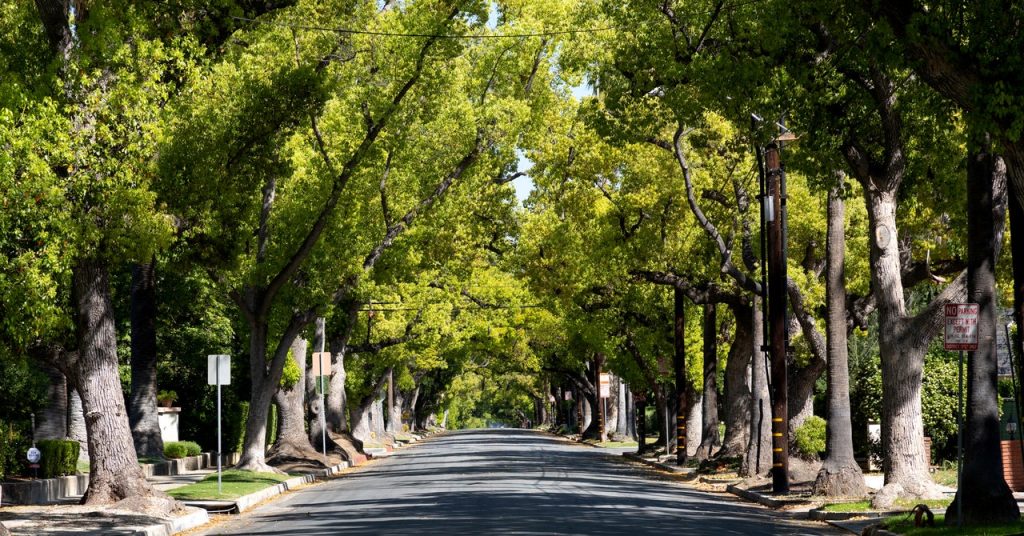The Life-Saving Power of Urban Trees: Combating Extreme Heat in Cities
As the world becomes increasingly urbanized and global temperatures continue to rise, the humble tree remains a steadfast protector of human health in modern cities. Recent research has shown that strategically planting trees and incorporating green spaces can significantly reduce the impact of extreme heat on urban populations, potentially saving countless lives.
The Urban Heat Island Effect
With the majority of the world’s population now living in cities, the magnification of heat in urban areas due to heat-retaining surfaces like pavement and buildings has become a growing concern. This phenomenon, known as the urban heat island effect, can have severe consequences for residents, particularly the elderly and young, whose bodies are less efficient at cooling themselves. Prolonged exposure to extreme heat can lead to a range of health issues, including heat exhaustion, heat stroke, and even death.
Quantifying the Impact of Urban Greening
To address this issue, researchers from the University of California, Los Angeles (UCLA) conducted a study to quantify the potential impact of urban greening on heat-related emergency room (ER) visits in Los Angeles County. By combining temperature data, land-use information, and heat-related ER visit records, the team developed an algorithm to model various scenarios in which modifying the urban environment with more reflective surfaces and increased tree cover could lower temperatures and reduce heat-related health risks.
The results were striking: a 25% increase in tree cover could potentially reduce heat-related ER visits by 7 to 45%, while a 50% increase could lead to a 19 to 58% reduction. If Los Angeles were to maximize its allowable tree cover to 40% of its total area, the study suggests that heat-related ER visits could drop by an astonishing 24 to 66%.
Prioritizing Urban Greening Efforts
The research highlights the urgent need for cities to prioritize urban greening efforts, particularly in low-income and industrialized areas that are disproportionately affected by extreme heat. By strategically planting trees and creating green spaces, cities can not only provide shade and reduce the urban heat island effect but also create a more equitable and resilient urban environment.
In addition to increasing tree cover, cities can also explore other strategies to mitigate the impact of extreme heat, such as incorporating reflective coatings on building surfaces and implementing spongy infrastructure to capture and store rainwater for later use in watering plants and flushing toilets.
The Way Forward
As the world continues to warm, it is crucial for cities to recognize the life-saving potential of urban greening and prioritize investments in green infrastructure. By tying these investments to public health outcomes, as emphasized by UCLA environmental researcher Edith de Guzman, cities can make meaningful improvements that will protect the health and well-being of their residents for generations to come.
“While it’s generally a feel-good kind of investment for cities, we need to tie those investments to public health outcomes, because the improvements that can be made are really meaningful.”

2 Comments
Who knew something as simple as planting more trees could literally breathe life into our cities?
Urban trees are more than just a breath of fresh air; they’re our silent heroes in the concrete jungle!